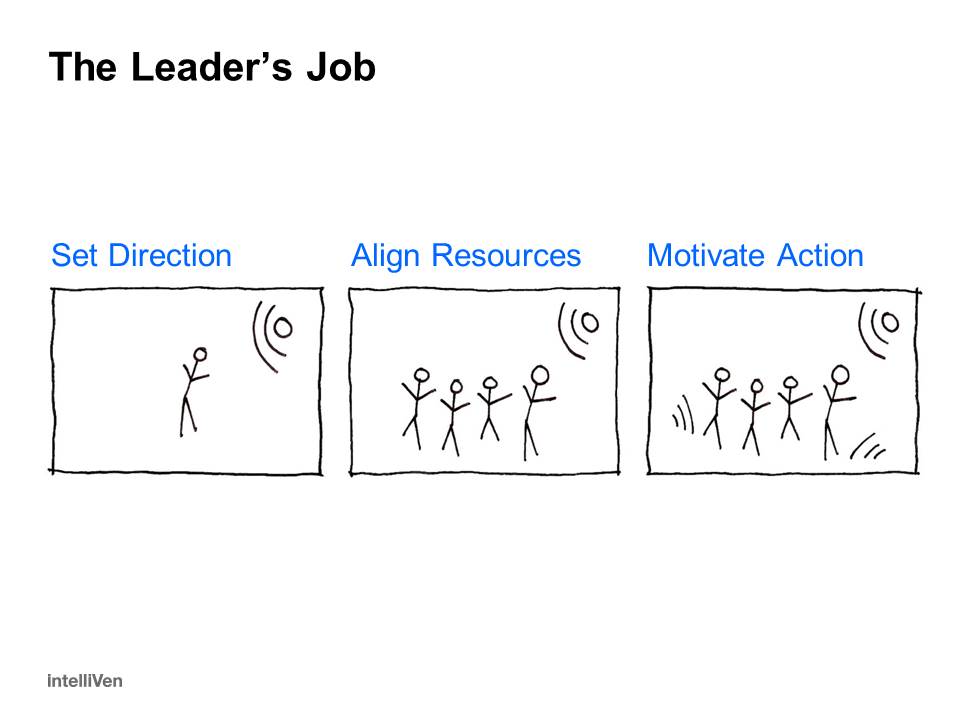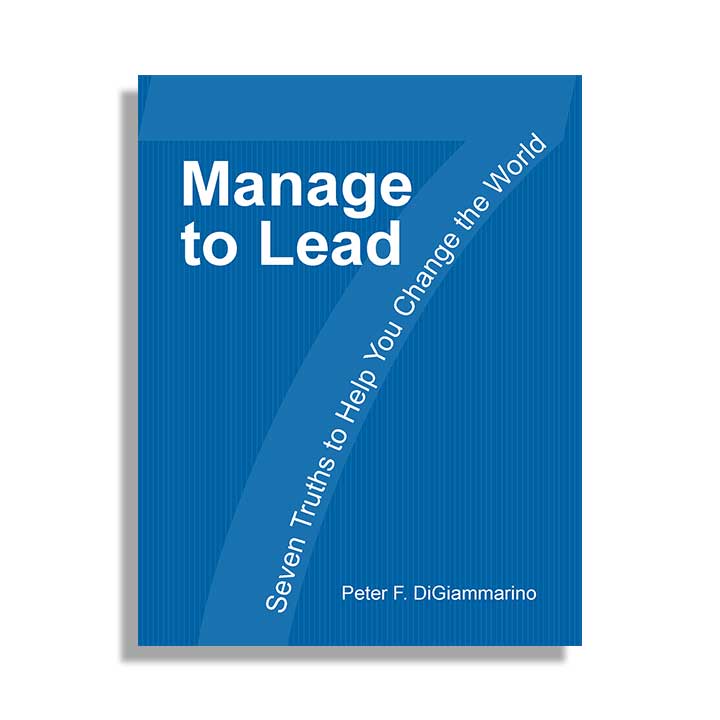Every leader eventually finds they have a toxic executive team member who behaves poorly, spreads discontent, or otherwise goes off track and holds the core leadership team, and the organization, hostage indefinitely.
As the leader, it is up to you to do something, but you avoid confronting the offender perhaps because you are averse to conflict or perhaps s/he is a longtime friend, co-founder, or even a family member. Instead, you hope things will work themselves out, but they never do; things just get worse.
Do you give up, let the organization wallow forever, or act? Such a dilemma!
The IntelliVen Manage to Lead Immersion Program provides leaders with tools and methods to address undesirable team member behavior without disruption or drama.
To get started, follow these tips to align your core leadership team:
- Make the implicit explicit to set direction: Distribute a template for each team member to enter what they think on any important aspect of the organization and its operations. Ask each team member to fill out the template on their own without speaking with others. Collect, review, and assess individual inputs.
- Align resources by working jointly to get clear: Put the individual inputs before the team to see and then work with the team to hammer out a consolidated version that everyone agrees to support going forward. Those that choose not to go along with the group’s decision are better off pursuing the next stage of their career elsewhere and so must leave the team.

The Leader’s Job
Figure 1: A leader sets direction, aligns resources, and motivates action.
For an in-depth example of our process for helping leaders and teams to set strategic direction, align resources, and motivate action, check out the case study of how we enabled Compusearch to achieve better team alignment and more effective operationalization and execution.

The Five Stages of Organization
The five stages of organization are defined by key characteristics, operating agenda, economics, and key concerns as summarized below.
For an in-depth example of our process for helping leaders and teams to set strategic direction, align resources, and motivate action, check out the case study of how we enabled Compusearch to achieve better team alignment and more effective operationalization and execution.
The Manage to Lead Immersion Program is for leaders who want their teams to reach the next stage of organization maturity. It provides instruction on how to apply these and related tools and approaches to important aspects of your organization.

Join Us
Register to attend a FREE online Interactive Overview of the 10-week virtual program for leaders and their teams.


